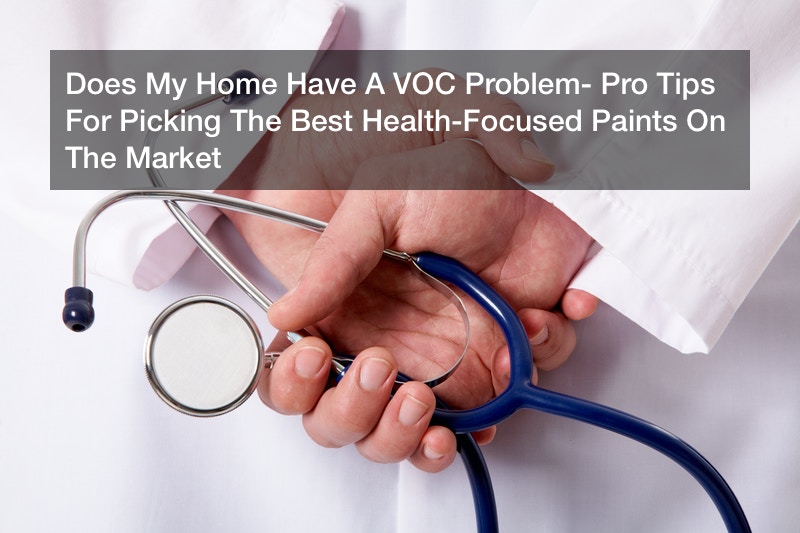

How healthy your home is depends on a few key factors. It’s not just your carpet or HVAC system you have to keep in mind…but your paint.
When’s the last time you thought about the paint on your bedroom walls? The paint in your attic or in your kitchen? Many homeowners today are familiar with the reality of lead-based paints in older housing models, but are still in the dark when it comes to more modern incarnations. If you’ve got another housing project coming up, you’ll want to know more about health-focused paint. This will go a long way in keeping you and your family healthy for years to come.
You can find just about anything on store shelves these days. Let’s explore this double-edged sword below by learning some crucial health-focused paint vocabulary.
What Are VOCs And Why Are They Harmful?
You’ve probably seen this term once or twice. Homeowners today share a common fear they could be accidentally introducing harmful chemicals into their home when they want to do the exact opposite. Short for ‘volatile organic compounds’, these are the harmful ingredients hidden in many mundane ingredients. According to a recent report by CBC Marketplace, VOC levels over 500 ppb can cause problems for those with chemical sensitivities. On the plus side, flooring more than one year old will have many of its VOCs dissipated already.
Should I Also Avoid PPBs When Looking For Paint?
Alongside VOCs you should also be wary of ppbs. These are the ingredients you can find in some paints that expose your family to lead, leading to health problems like nerve damage and birth defects. While similar to VOCs, they have enough of a difference to require their own classification in today’s market. Recent studies have shown levels of several organics averaging two to five times higher indoors than outdoors. Cutting into your indoor air pollution means vacuuming regularly, using good ventilation, and always choosing health-focused paints.
What Benefits Come With Health-Focused Paints?
Now for the good news. Health-focused paints go a long way in improving your life. An interesting study was conducted to better address the cognitive benefits to health-focused paints — participants spent six work days in an environmentally controlled office space at the TIEQ lab in the Syracuse Center Of Excellence, with VOC levels reduced to around 50 micrograms per cubic meter. They saw, on average, cognitive scores up to 100% higher than in conventional workspaces. This is great news for anyone who also works from home.
Are There Other Health-Focused Housing Products?
It’s not just health-focused paints you can take advantage of. You can also look into ideal paint for wooden floors, eco friendly primer, eco friendly glue, eco friendly polyurethane clear coats, and EMR shielding paint. The sky’s the limit for the eco-friendly homeowner! According to Sweden’s Dampness In Buildings And Health study, children with multiple allergic symptoms had an increased likelihood of developing sensitivities with PGE-exposure. Likewise, those with chemical sensitivities or asthma fare much better with health-focused products.
Which Paints Should I Buy For My Home?
Your home is a great place to start thinking about health and wellness. Your first step is to find out how old your house is — some still have lead-based paint, while others are more modern and use more eco-friendly products. Your next step is to figure out which products you need. Wall primer is a vital part of the painting process, providing a smooth result, and pairs nicely with clear coat for wood floors and furniture. Last, but not least, make sure to double-check for any latex allergy issues.
Ready to paint? Learn about your green brands and keep your home as healthy as possible in 2019.